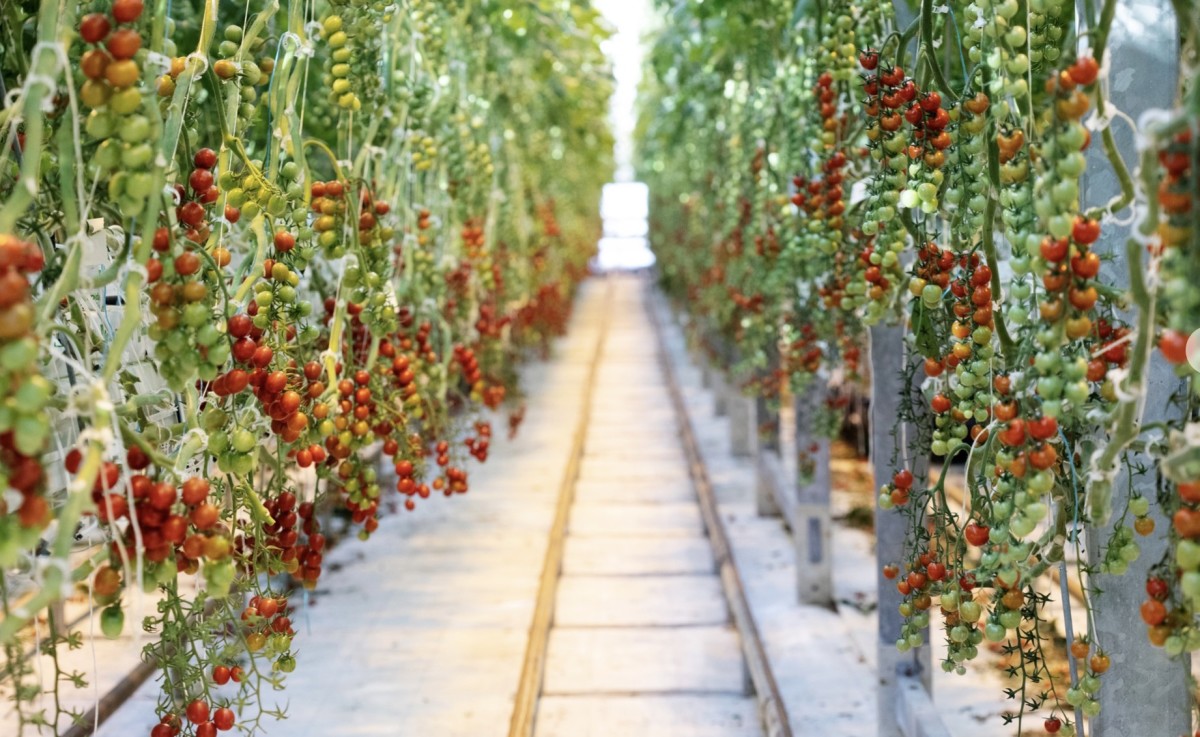Tomatoes are one of the most versatile ingredients in the kitchen. Whether you’re making sauces, soups, or salsas, having plenty of ripe tomatoes on hand is essential. When purchasing in bulk, you’ll often hear the term “bushel of tomatoes.” But what exactly does that mean? How much does a bushel weigh, how many tomatoes are in it, and how can you use it efficiently in your kitchen? This guide breaks down everything you need to know about a bushel of tomatoes, from cost and weight to storage and recipe inspiration.
What Is a Bushel of Tomatoes?
A bushel is a traditional unit of measurement used in agriculture to quantify produce. It originated as a dry volume measurement, but over time it has become a standard way to refer to bulk quantities of fruits and vegetables. When it comes to tomatoes, a bushel usually refers to a large basket or crate filled with tomatoes. Farmers and markets use this term to sell large quantities for canning, preserving, or restaurant use. The exact number of tomatoes in a bushel depends on their size, type, and variety.
How Much Does a Bushel of Tomatoes Weigh?
The weight of a bushel of tomatoes can vary slightly depending on the type of tomato and its ripeness. On average, a bushel of fresh tomatoes weighs between 50 to 56 pounds. Larger, meatier varieties like Roma or plum tomatoes may weigh closer to 55 pounds per bushel, while smaller varieties such as cherry tomatoes can weigh slightly less. Understanding this weight is important for recipes and preservation because it determines how much yield you can expect after peeling, seeding, or cooking.
How Many Tomatoes Are in a Bushel?
The number of tomatoes in a bushel varies based on size and variety. For medium-sized slicing tomatoes, a bushel may contain around 150 to 180 tomatoes. If you’re dealing with smaller Roma tomatoes, you might get as many as 250 to 300 tomatoes per bushel. The count will always fluctuate depending on how tightly the tomatoes are packed and their level of ripeness. When planning for recipes or canning, it’s more reliable to calculate by weight rather than the number of tomatoes.
Cost of a Bushel of Tomatoes
The cost of a bushel of tomatoes depends on the time of year, location, and whether you buy from a local farm, market, or grocery store. During peak tomato season in late summer, prices can range from 25 to 50 dollars per bushel for fresh, high-quality tomatoes. Organic or heirloom varieties may cost slightly more due to their flavor and limited availability. Farmers markets often offer discounts for bulk purchases, making it cost-effective for home canning or large-scale cooking. Buying by the bushel is one of the most affordable ways to stock up on tomatoes for the year.
Types of Tomatoes Commonly Sold by the Bushel
When purchasing tomatoes by the bushel, it’s essential to know which varieties best suit your intended use.
- Roma or Plum Tomatoes: These are ideal for sauces, salsas, and canning because they have thick flesh and low moisture.
- Beefsteak Tomatoes: Large, juicy, and perfect for slicing or making fresh salads.
- Cherry and Grape Tomatoes: Sold in smaller bulk quantities, great for roasting or freezing.
- Heirloom Tomatoes: Often more expensive but prized for their unique colors, flavors, and textures.
Each type of tomato offers a different texture and taste, so choose based on your recipe goals.
How to Store a Bushel of Tomatoes
Storing a large quantity of tomatoes requires planning. If your tomatoes are still slightly green, you can let them ripen at room temperature in a single layer. Fully ripe tomatoes should be used within a few days to prevent spoilage. Keep them out of direct sunlight and avoid refrigeration unless absolutely necessary, as cold temperatures can alter their flavor and texture. For longer preservation, consider freezing or canning them. Canned tomatoes can last for up to a year, while frozen tomatoes are best used within six to eight months.
How to Use a Bushel of Tomatoes in Cooking
A bushel of tomatoes opens endless possibilities in the kitchen. Here are some popular ways to put them to use:
- Homemade Tomato Sauce: Simmer fresh tomatoes with garlic, onions, herbs, and olive oil for a rich, flavorful sauce.
- Canning Crushed Tomatoes: Preserve the harvest for soups and stews throughout the year.
- Tomato Paste or Puree: Cook down tomatoes until thick and concentrated for recipes that need bold flavor.
- Salsa and Relish: Mix diced tomatoes with peppers, onions, and spices for fresh or canned salsa.
- Roasted Tomatoes: Bake them slowly with olive oil and herbs for a savory side dish or pasta topping.
- Soups and Stews: Use them to make tomato soup, vegetable stew, or chili.
A bushel of tomatoes can yield enough sauce, soup, or salsa to feed a family all year long when preserved properly.
Converting a Bushel into Recipe Measurements
Since many recipes use smaller measurements, it’s helpful to know how to convert a bushel into familiar kitchen quantities. On average, one bushel of tomatoes yields about 18 to 20 quarts of canned tomatoes once processed. If making sauce, you can expect roughly 10 to 12 quarts of thick tomato sauce from a single bushel. For diced tomatoes or salsa, the yield may vary based on cooking time and added ingredients. Knowing these conversions allows you to plan canning sessions efficiently and ensure you have enough jars or storage space prepared in advance.
Tips for Buying the Best Bushel of Tomatoes
Choosing high-quality tomatoes will make a big difference in flavor and preservation results. When shopping for a bushel, look for tomatoes that are firm but slightly tender to the touch. They should be bright red, free from mold, cracks, or soft spots. If possible, buy directly from local farmers or produce markets where you can inspect the tomatoes yourself. Avoid overly green or overripe ones unless you plan to use them immediately. Also, consider the purpose—if you’re canning, opt for Roma tomatoes; if you’re cooking fresh dishes, choose juicier varieties like Beefsteak or Heirloom.
Conclusion
A bushel of tomatoes is more than just a measurement; it’s a symbol of abundance and the heart of summer harvest. Whether you’re buying them for canning, cooking, or making sauces, understanding what a bushel contains helps you plan and make the most of your purchase. With an average weight of 50 to 56 pounds and a yield of about 20 quarts of canned tomatoes, a bushel is perfect for preserving the season’s flavor. From cost to storage and recipe ideas, knowing how to handle a bushel of tomatoes turns your kitchen into a place of creativity and sustainability.
FAQs
1. How many pounds are in a bushel of tomatoes?
A bushel of tomatoes typically weighs between 50 and 56 pounds, depending on the tomato variety and ripeness.
2. How many quarts of sauce can I make from one bushel of tomatoes?
You can make approximately 10 to 12 quarts of thick tomato sauce or up to 20 quarts of canned tomatoes from one bushel.
3. How much does a bushel of tomatoes cost?
The price ranges from 25 to 50 dollars per bushel depending on location, season, and whether the tomatoes are organic or conventional.
4. What type of tomatoes are best for canning?
Roma or plum tomatoes are best for canning because they are meaty and have less water, resulting in thicker sauces.
5. How long can I store a bushel of tomatoes before they go bad?
Ripe tomatoes should be used within three to five days if stored at room temperature. For longer storage, consider canning or freezing them to extend their shelf life up to a year.
Also read: Is Rubber Conductive? Understanding Why Rubber Doesn’t Conduct Electricity




Leave a Comment